Fife Orthopaedics
This information has been developed to supplement the information the Doctor or Healthcare Practitioner has already given you.
Issue No: 4.1.2.6.1.1
Date of Issue: June 2024
Review Date: June 2026
If the review date has passed, the content will apply until the next version is published.
Introduction
Patella dislocations are not uncommon knee injuries, especially in younger people (< than 30 years). It is normal to have pain and stiffness afterwards.
What are the symptoms?
These vary from person to person. Once the knee cap (patella) has been relocated people may experience:
- Swelling
- Pain
- Loss of movement and strength around the knee
- Reduced ability to bear weight through the knee
What are the causes?
The injury is usually caused when twisting the knee. It could, however, result from a direct blow during sporting activity or during a fall. It can be the result of a combination of muscle function, ligament tightness and the bony alignment of the knee.
Restoring normal movement and walking as soon as possible is crucial to avoid post-injury stiffness and weakness. The more you move and use your leg, the quicker it will heal. Regular use of ice and painkillers are important to manage swelling and discomfort. If you are ‘too sore to move,’ this will slow your recovery.
If you have been given a knee brace or elbow crutches this is for support and reassurance. The knee brace can be removed unless otherwise advised, once you feel more comfortable in moving your knee. This can be done in short spells and whilst doing the exercises.
Moving your knee the first few times without the brace can be uncomfortable, but ‘little and often’ is helpful.
This is particularly true for anxious younger children who may need extra support and encouragement.
You should aim to have stopped using the brace after 7 to 10 days. It should NOT be kept on for longer than 2 weeks.
You do NOT need to be seen by a healthcare professional first to remove the brace.
Putting as much weight as possible on your leg over the next few days will also aid your recovery. If you have been given crutches, gradually decrease their use of them over the next few days.
Exercise
The simple exercises below will help you get your movement back.
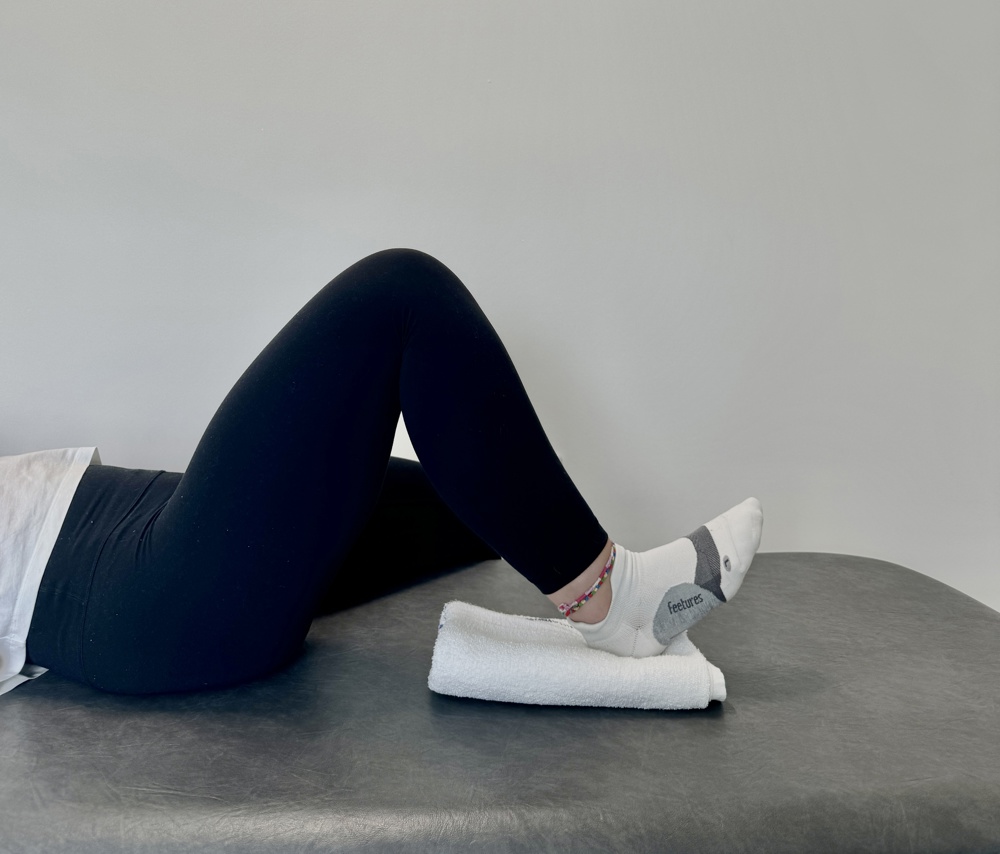
1. Lying on your back. Bend and straighten your leg. Repeat 10 to 15 repetitions, rest and repeat another 3 times. Repeat this 3 times per day.
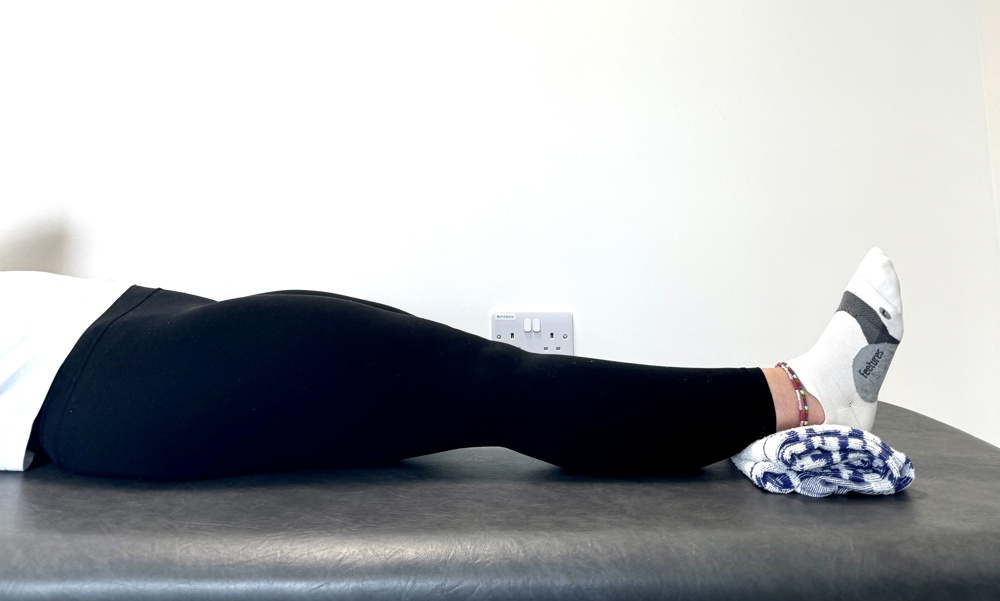
2. Sit or lie with affected leg straight. It is helpful to place a rolled up towel below the ankle. Bend your ankle and push your knee down firmly against the bed. Hold for approximately 5 seconds, and slowly relax.
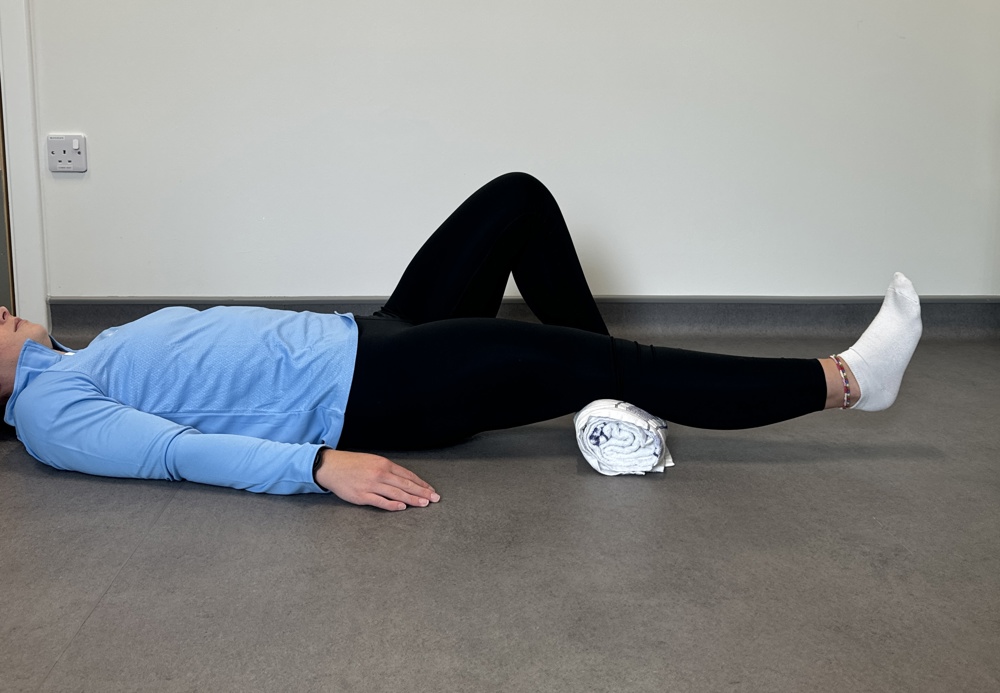
3. Lying on your back, bend one leg, put your foot on the bed, and put a cushion under the affected knee. Exercise your affected straight leg by pulling your foot and toes, tightening your thigh muscle and straightening the knee (kneecap on the cushion). Hold approximately 5 seconds, and slowly relax.
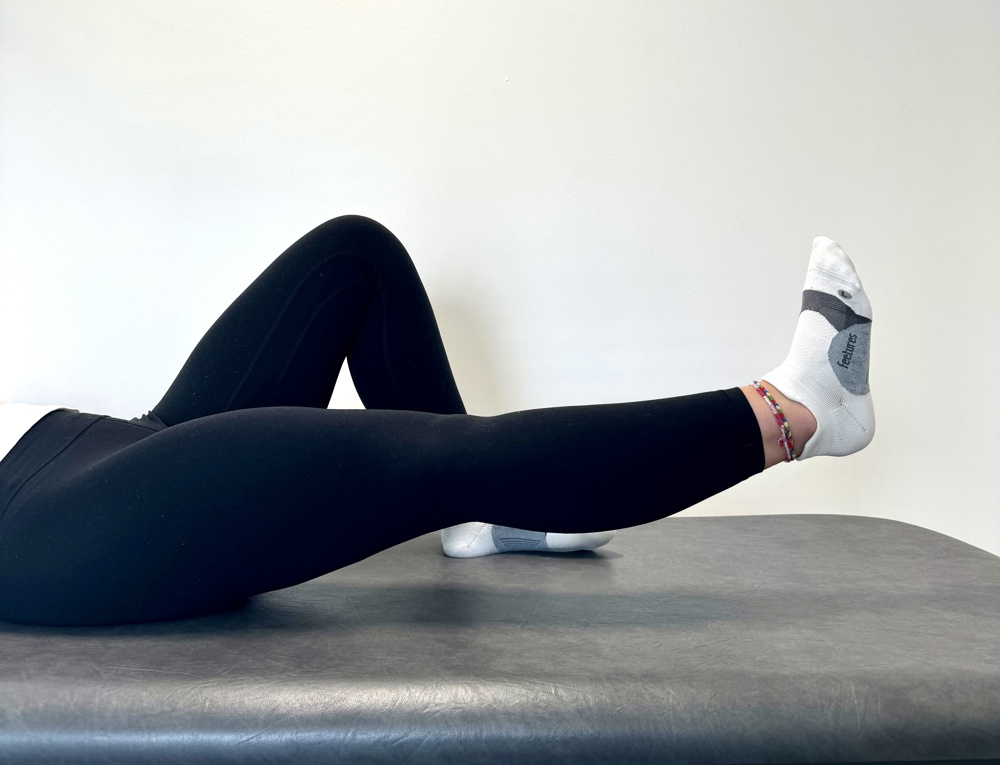
4. Lying on your back, bend one leg, put your foot on the bed, and put a cushion under the affected knee. Exercise your affected straight leg by pulling your foot and toes, tightening your thigh muscle and straightening the knee (kneecap on the cushion). Hold approximately 5 seconds, and slowly relax.
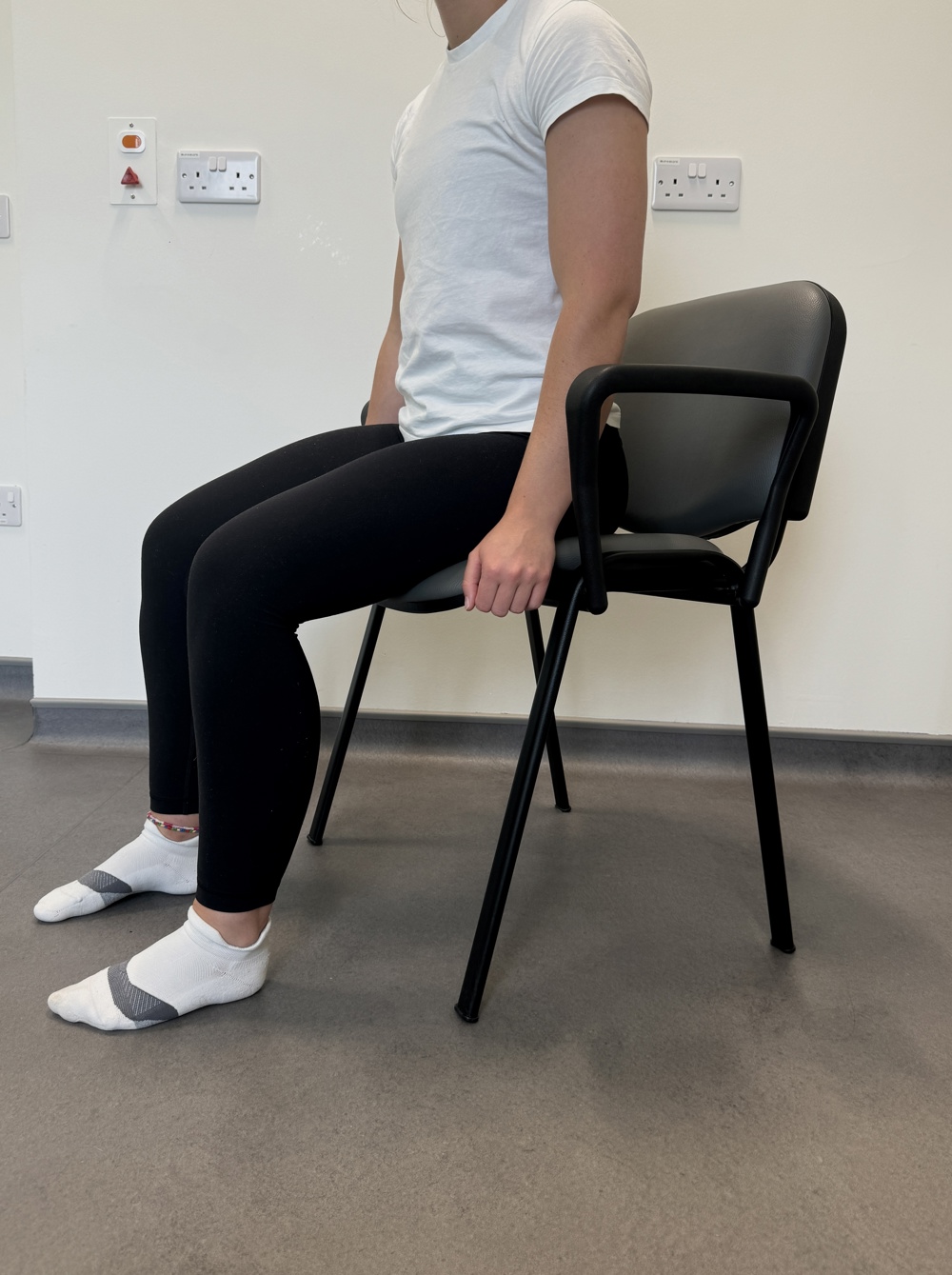
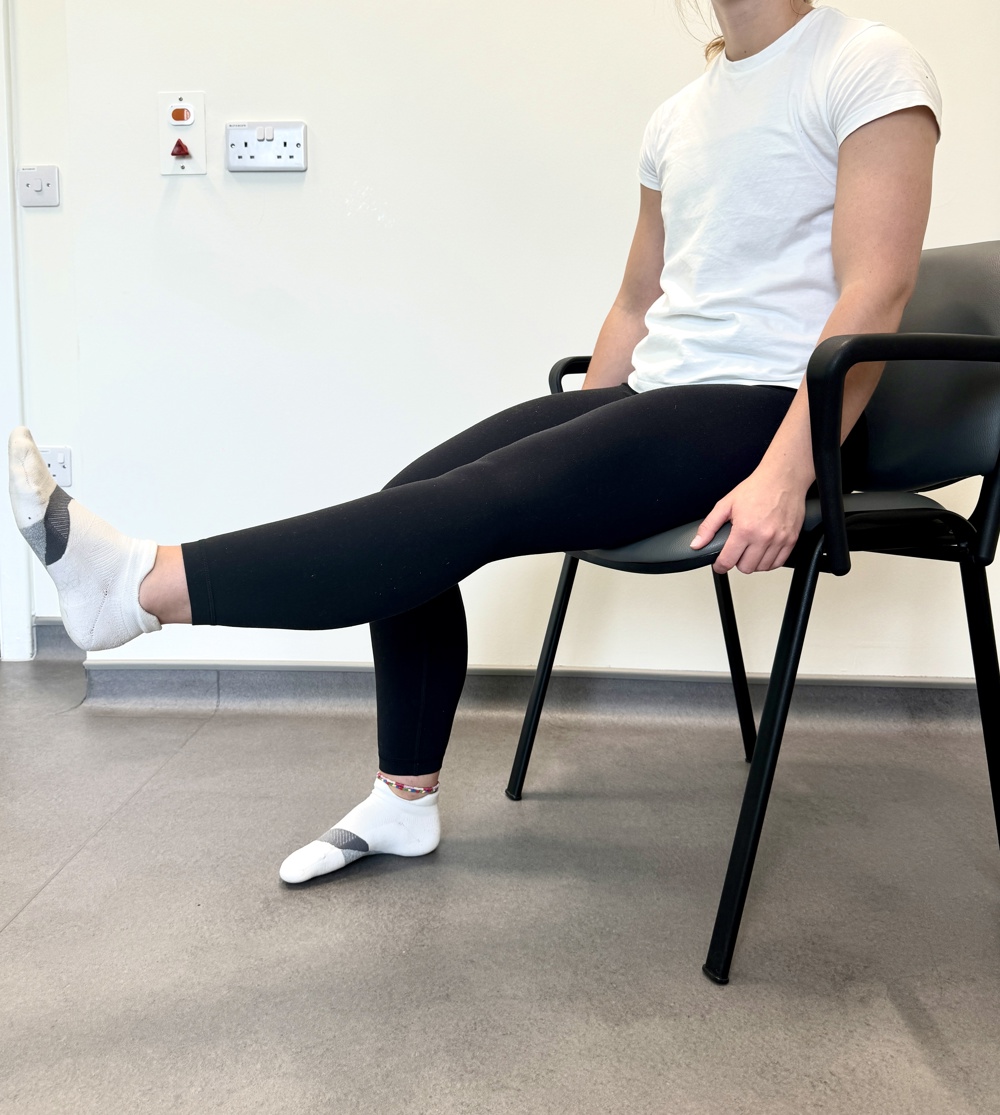
5. Sit on a chair, pull your toes up, tighten your thigh muscle and straighten your knee. Hold for approximately 5 seconds, and slowly relax your leg.
If you have been discharged with a brace and crutches, you will also probably be referred for Physiotherapy. Following the advice before attending the Physiotherapy appointment is important, and will speed up your recovery.
Please remember:
Most soft tissue injuries can take 4 to 6 weeks to resolve. You should gradually return to normal activities over this time. Once you have full movement, strength and no swelling, you should feel confident about returning to full activities.
If there is no improvement in your condition after 4 to 6 weeks, you should seek the advice of a healthcare professional. If your pain does not settle, you may be referred for further assessment and treatment as appropriate.
Worries or concerns
For non-urgent issues or concerns
For non-urgent issues or concerns please contact your Clinician’s Secretary through the NHS Fife Hospital Switchboard 01592 643355.
For urgent issues or concerns
If you have any urgent concerns regarding your condition, please contact the Physiotherapy Service on 01592 647199.
Urgent advice for patients between 8am to 8pm Monday to Sunday, contact the National Treatment Centre - Fife Orthopaedics on 01592 643355 Extension 22685.
Urgent out of the hours advice
For an urgent problem out of hours, please contact NHS 24 on 111 or attend Accident and Emergency.
Emergency advice
For emergency advice, attend Accident and Emergency or call 999.
Accessible formats
If you require this information in a community language or alternative format such as Braille, audio, large print, BSL, or Easy Read, please contact the Equality and Human Rights Team at: email: fife.EqualityandHumanRights@nhs.scot or phone 01592 729130. For people with a hearing or verbal impairment you can also contact the team through the NHS Fife SMS text service number on 07805800005.




